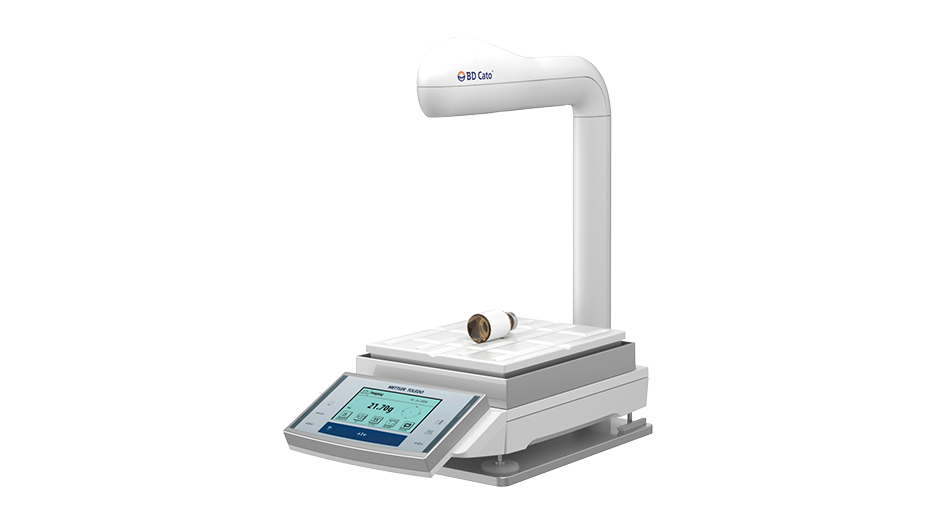Needlestick injuries (NSIs) pose a significant burden on the U.S. healthcare system. Every day, over 1,000 sharps injuries occur in U.S. hospitals, leading to annual costs of up to $1.1 billion1. When healthcare workers or patients are exposed to NSIs, infectious diseases, particularly bloodborne viruses, can be transmitted. The Needlestick Safety and Prevention Act (NSPA) was passed in 2000 to reduce the risk of bloodborne pathogen exposure for healthcare workers. Discover how you can partner with our assessment program that is designed to standardize safety device utilization and help reinforce best practices which includes recommendations and training which may help to reduce potential risk factors affecting NSI rates and costs.
Objectives:
Understand the importance of utilizing safety-engineered devices to drive healthcare worker and patient safety. Emphasize market knowledge and best practices to educate clinicians about the critical importance of needlestick safety and empower them to create safer work environments.
- Discuss the history of the OSHA Needlestick Safety and Prevention Act
- Emphasize the importance of continuous improvement in your practice to reduce the risk of NSIs
- Discuss the BD Sharps Safety Assessment and highlight the partnership between BD and a large U.S. healthcare system





